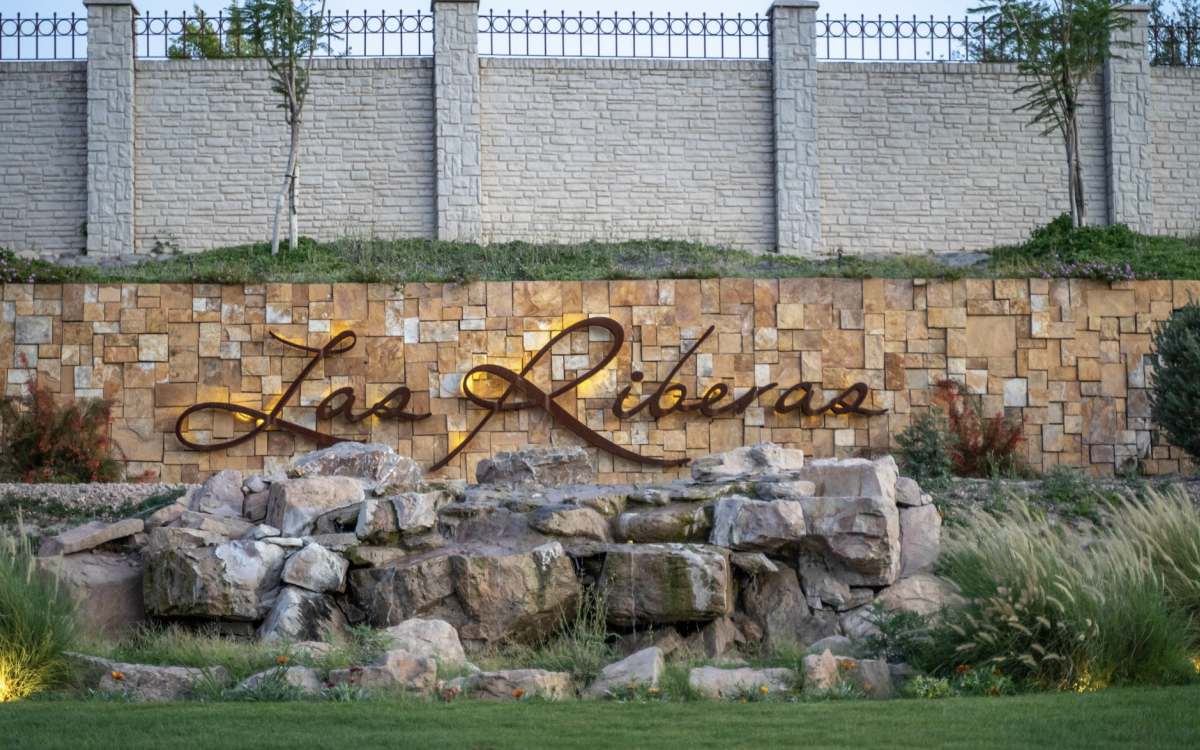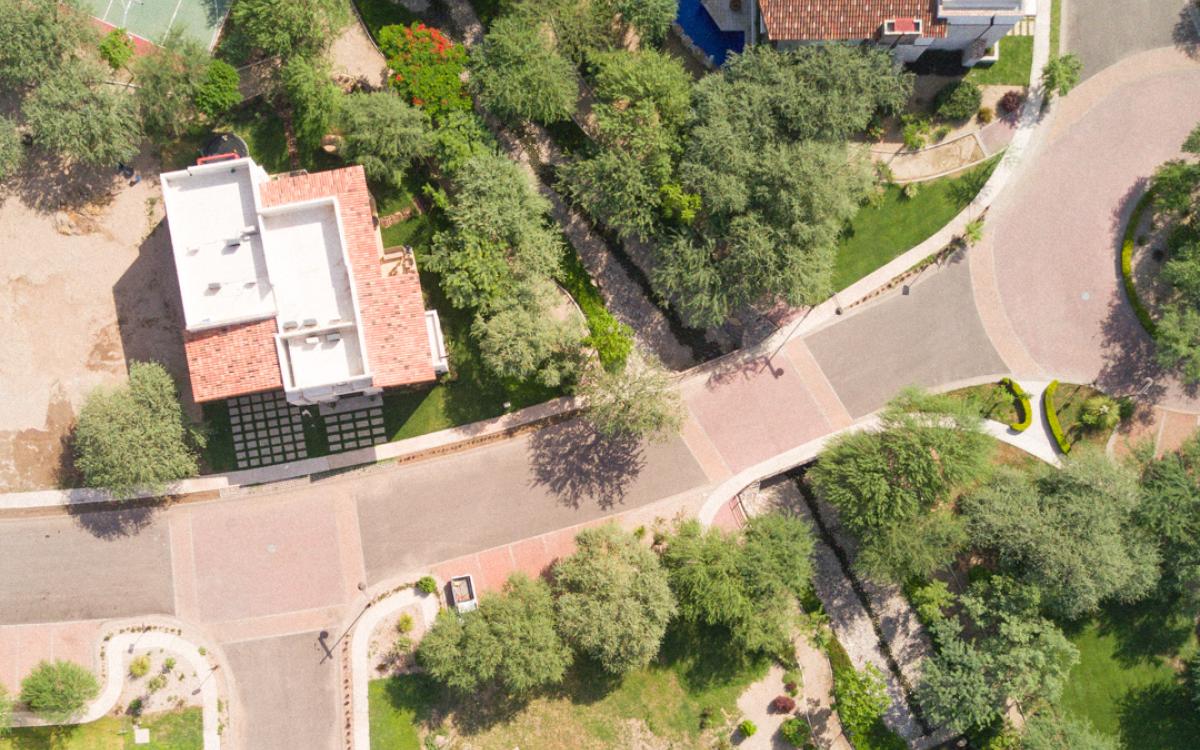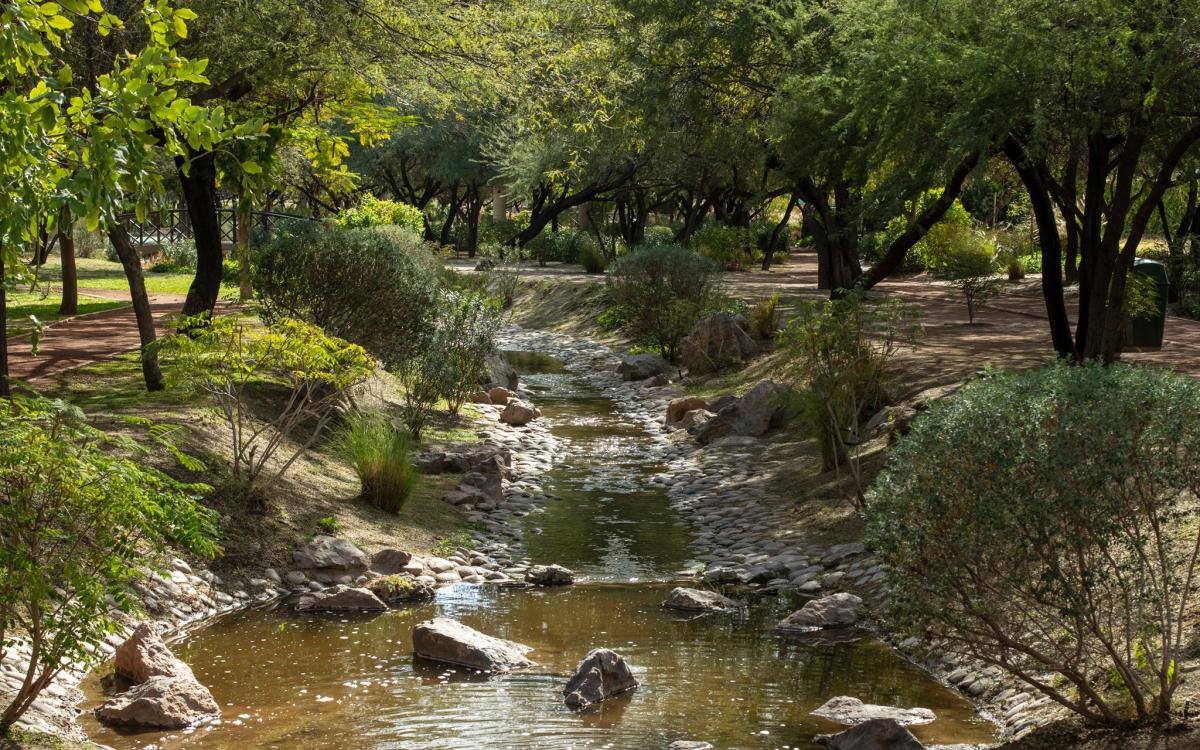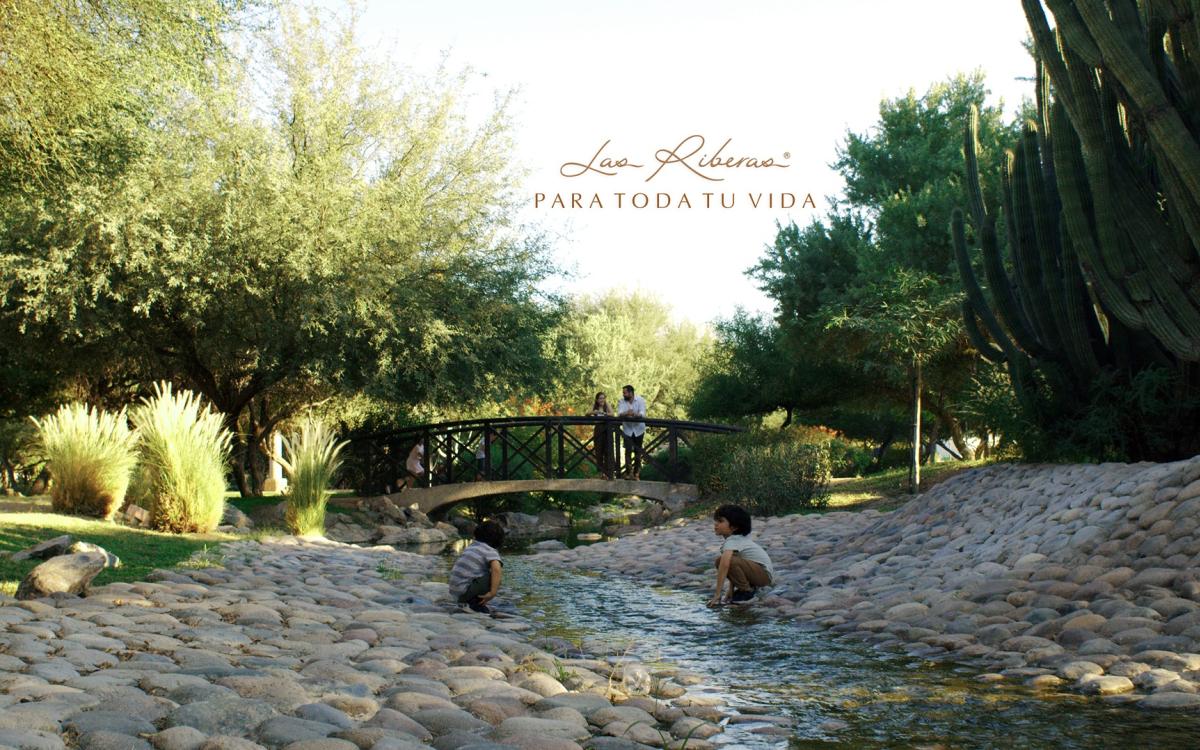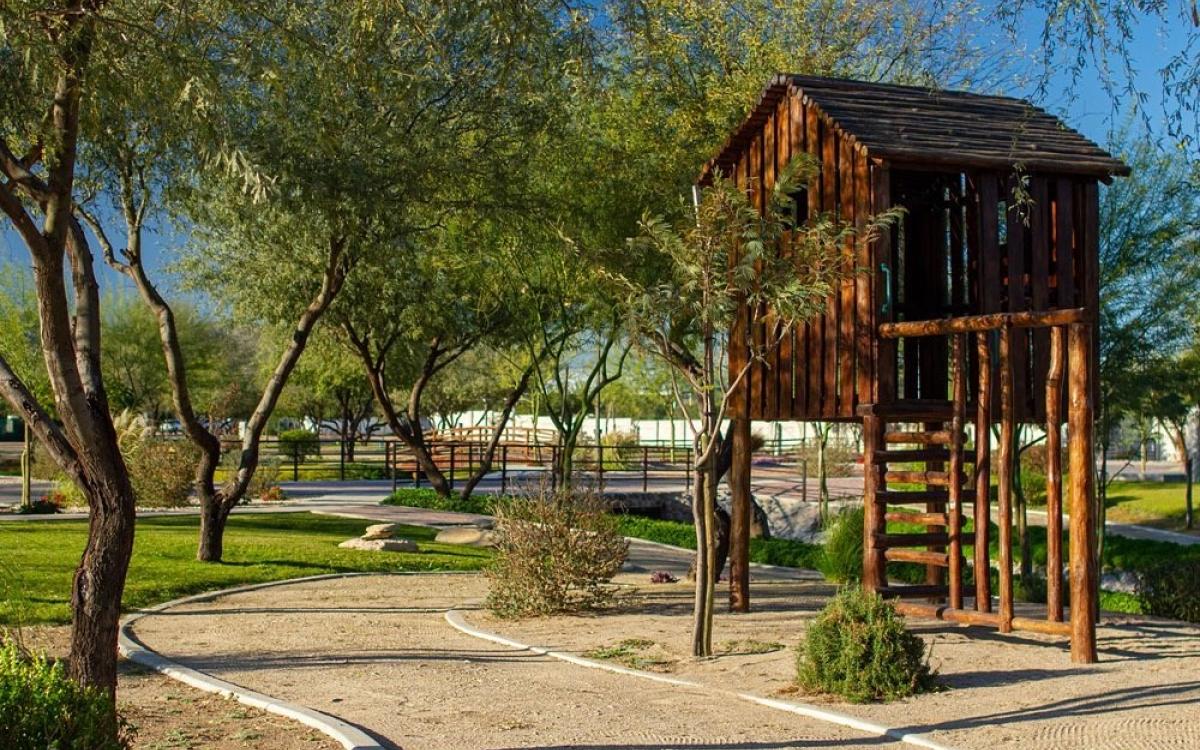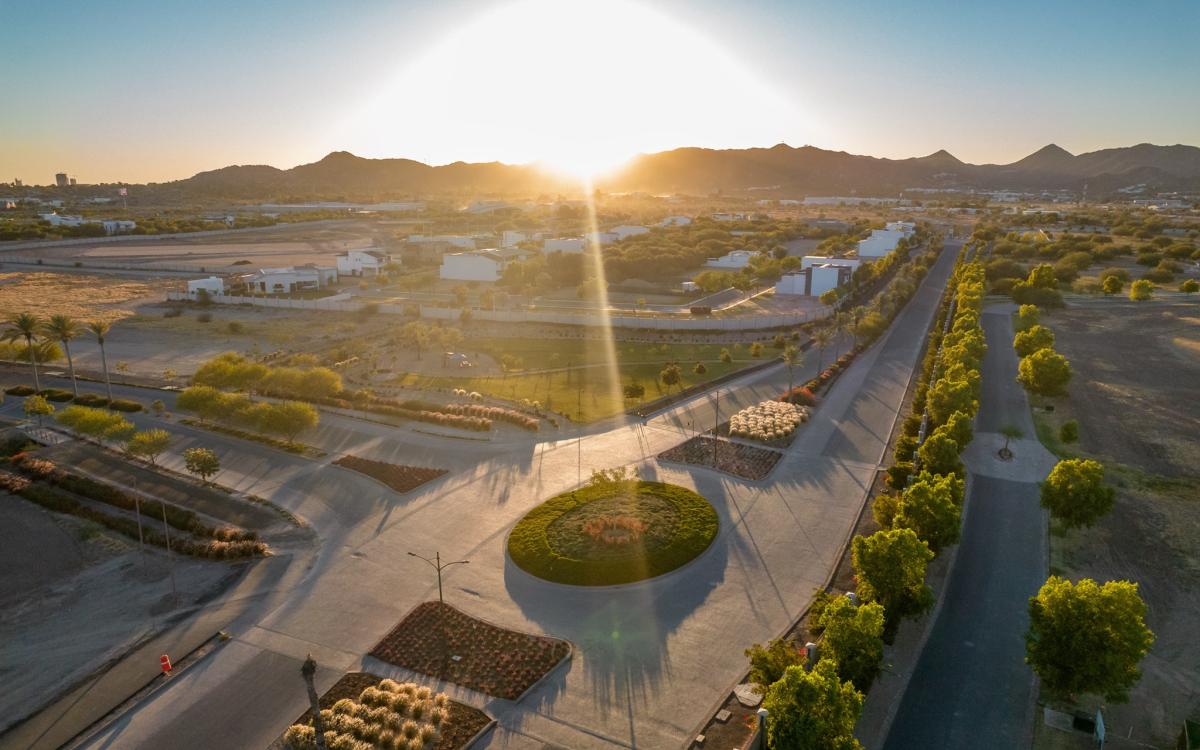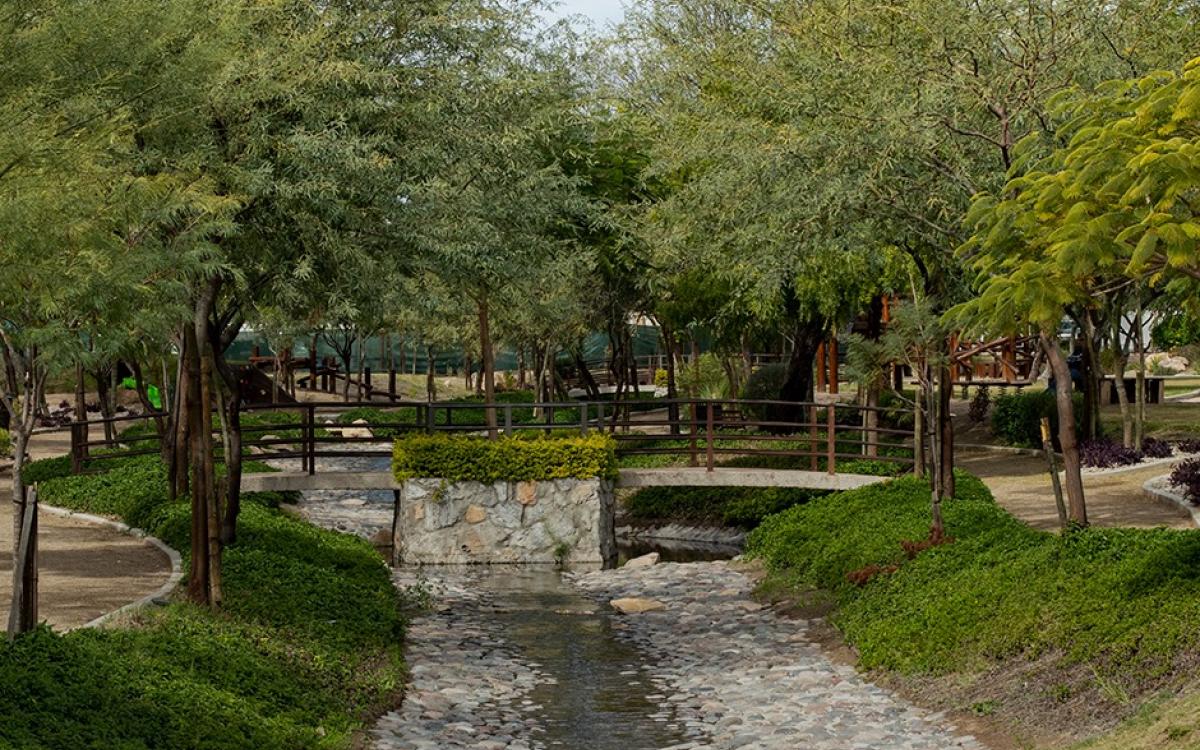Hermosillo, Son.
Mexico
Las Riberas was born from a dream to develop a residential project that exists in harmony with the environment, is safe, and offers the highest quality of life. The SITES Gold certified project covers 115 hectares (284 acres) and is just the first phase of a larger 800-hectare project, with the same vision of sustainable living. The development includes a golf course, a school, an equestrian area with a polo club and riding facilities, 25 kilometers of linear parks with bike paths and walking trails, clubhouses with semi-Olympic pools and event venues, sports fields, and a nursery with a community garden.
The project has demonstrated its commitment to living in harmony with nature by promoting biodiversity and respecting the local ecosystem through the preservation of native plants that were on the site before its development and by exclusively incorporating native plants into the landscape design. The green areas promote socialization and human well-being and play a fundamental role in managing rainwater on-site, respecting natural hydrological processes. Furthermore, potable water is not used for irrigation purposes, thanks to the wastewater treatment plant.
- Reduction of outdoor water usage: An 81% reduction in potable water consumption for landscape irrigation has been achieved, thanks to the wastewater treatment plant that serves the entire project. This treatment plant is anticipated to generate enough water to meet 100% of the project's irrigation needs.
- Accessible stormwater facilities: The design of 100% of the stormwater facilities has focused on creating aesthetically pleasing and accessible recreational spaces for residents and visitors. These facilities are visually appealing and promote a connection with the local climate and hydrology. Additionally, they play an essential role in effectively managing stormwater within the project.
- Sustainable plant production: 80% of the plants installed in the project come from its own nursery, incorporating environmentally responsible practices in plant production. This includes using non-potable water for irrigation once the project's treatment plant is fully operational, using on-site compost as a sustainable soil amendment and growing medium, and producing up to 60 species of low-maintenance native plants. Special attention is also given to three protected species. The project also ensures its team's safe and fair working conditions, reflecting its commitment to social responsibility and labor equity.
- Organic matter recycling: 100% of the waste from vegetation pruning and food scraps is composted on-site. By recycling vegetation clippings and food waste to produce compost, the project responsibly closes the nutrient cycle while significantly reducing transportation costs and the amount of materials ending up in landfills. This also makes a substantial contribution to improving soil health.
- Waste diversion: 100% of the vegetation, minerals, rocks, and soils waste generated during construction was diverted from conventional disposal. This demonstrates a commitment to being a net-zero waste site, as it ensures that these materials are not sent to landfills. Waste management practices that promote reuse and recycling were implemented, significantly contributing to reducing the environmental impact during the construction process.
- Stormwater Management: Through the previously mentioned stormwater facilities, the project has the capacity to manage rainfall events that fall within the 95th percentile. These facilities are designed to effectively handle substantial rainfall volumes, ensuring proper management even during exceptional rain events, thus strengthening the project's resilience to variable weather conditions.
Since the project's inception, the objective has always been to coexist in harmony with nature, promoting biodiversity and respecting the local ecosystem. This is why the Koval Group and Las Riberas as administrators have strived to develop a project that would elevate the standards of landscape sustainability, offering the community a project that is entirely respectful and responsible toward the ecosystem.

